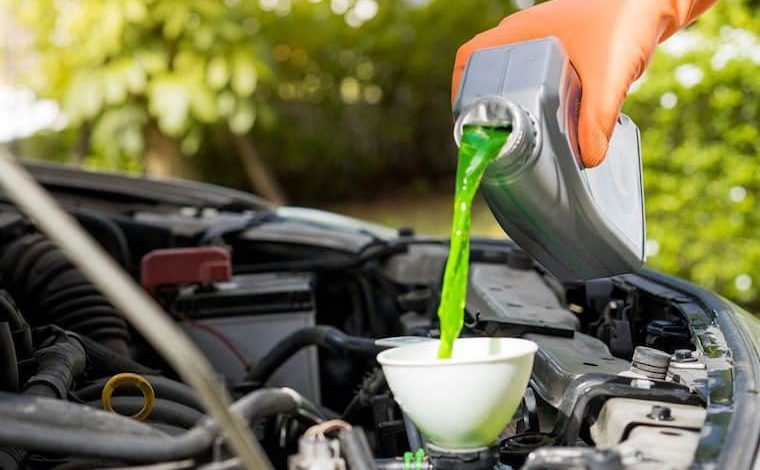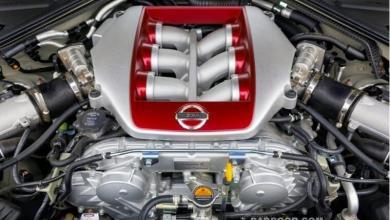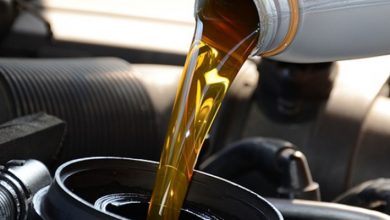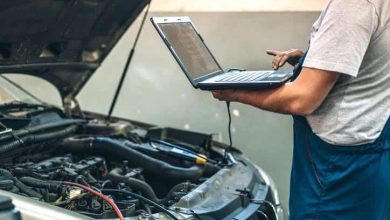What happens if you do not change the antifreeze in the car for several years
Antifreeze was developed to overcome the shortcomings of water as a heat transfer fluid.

Some manufacturers write in their maintenance manuals that antifreeze can easily serve without replacement up to 250,000 km, or even – throughout the entire service life of the car. The experienced drivers always change the “antifreeze” from time to time, while the beginners, blindly following these manufacturer’s recommendations which we do not advise.
An antifreeze is an additive that lowers the freezing point of a water-based liquid. An antifreeze mixture is used to achieve freezing-point depression for cold environments. Because water has good properties as a coolant, water plus antifreeze is used in internal combustion engines and other heat transfer applications, such as HVAC chillers and solar water heaters. The purpose of antifreeze is to prevent a rigid enclosure from bursting due to expansion when water freezes.
How often it is necessary to change antifreeze and is it ok to delay the deadline?
Most automotive engines are “water”-cooled to dissipate heat, although the “water” is actually an antifreeze/water mixture and not plain water. The term engine coolant is widely used in the automotive industry, which covers its primary function of convective heat transfer for internal combustion engines. When used in an automotive context, corrosion inhibitors are added to help protect vehicles’ radiators, which often contain a range of electrochemically incompatible metals (aluminum, cast iron, copper, brass, solder, et cetera). Water pump seal lubricant is also added.
On the other hand, if the engine coolant gets too hot, it might boil while inside the engine, causing voids (pockets of steam), leading to localized hot spots and the catastrophic failure of the engine. If plain water were to be used as an engine coolant, it would promote galvanic corrosion. Proper engine coolant and a pressurized coolant system hinder these shortcomings of water’s properties. With proper antifreeze, a wide temperature range can be tolerated by the engine coolant, such as −34 °F (−37 °C) to +265 °F (129 °C) for 50% (by volume) propylene glycol diluted with water and a 15 psi pressurized coolant system.
All types of antifreeze are divided into three main classes, each with its own service life. So, G11 – a blue or green coolant based on ethylene glycol with inorganic additives and silicates – lasts up to 2-3 years. G12 (red, containing ethylene glycol and carboxylate additives) – up to 5 years, and G13 (yellow or orange, propylene glycol with organic additives) – up to 10 years.
So, In the absence of leaks, antifreeze chemicals such as ethylene glycol or propylene glycol may retain their basic properties indefinitely. By contrast, corrosion inhibitors are gradually used up and must be replenished from time to time. For simplicity, nowadays most automotive manufacturers recommend the periodic complete replacement of engine coolant, to simultaneously renew corrosion inhibitors and remove accumulated contaminants.
Depending on the engine, automakers prescribe the use of a certain type of antifreeze and indicate how often it should be changed. It is curious: other car manufacturers guarantee that the coolant will last up to 250,000 km, and sometimes you can even find a note in the operating manuals which said “no need to change throughout the entire service life of the car’! But these notes, as already mentioned, should not be followed.
Automakers do not take into account the operating hours, driving style and even the climatic conditions, of course, all these, affect the life of the antifreeze coolant. Therefore, there are average, generally accepted intervals equal to 50,000 – 60,000 km or three years. If the car does not work in difficult conditions, then it makes no sense to change the antifreeze more often.
Antifreeze that has lost its properties can damage the components of the cooling system or even the engine or at least the pump. And since in most engines the pump is driven by the timing belt, it can also break, which will lead to the repair of the cylinder head or the engine as a whole.
In addition, the antifreeze that needs to be changed is not able to fully combat corrosive deposits on the walls of the cooling system pipes.
HOW DO YOU KNOW WHEN IT’S TIME TO REPLACE ANTIFREEZE?
You can ask your local dealer mechanic to check the quality of the antifreeze. A responsible mechanic would check that during each planned technical service.
For the DIY, you can simply inspect the condition of the antifreeze. If the liquid in the expansion tank has become cloudy, changed its colour, or began to foam when the engine is idling, or it’s been enriched with flakes or rust, then it’s time to go for a new “antifreeze”.
And the most important thing (again, for beginners) – in any case, do not ever attempt to open the expansion tank cap until the car has cooled down. Unscrew it slowly and carefully with a piece of thick cloth to protect you. Otherwise, there is a risk of getting a portion of hot antifreeze, and at the same time – serious burns to hands, eyes and other parts of your body.








